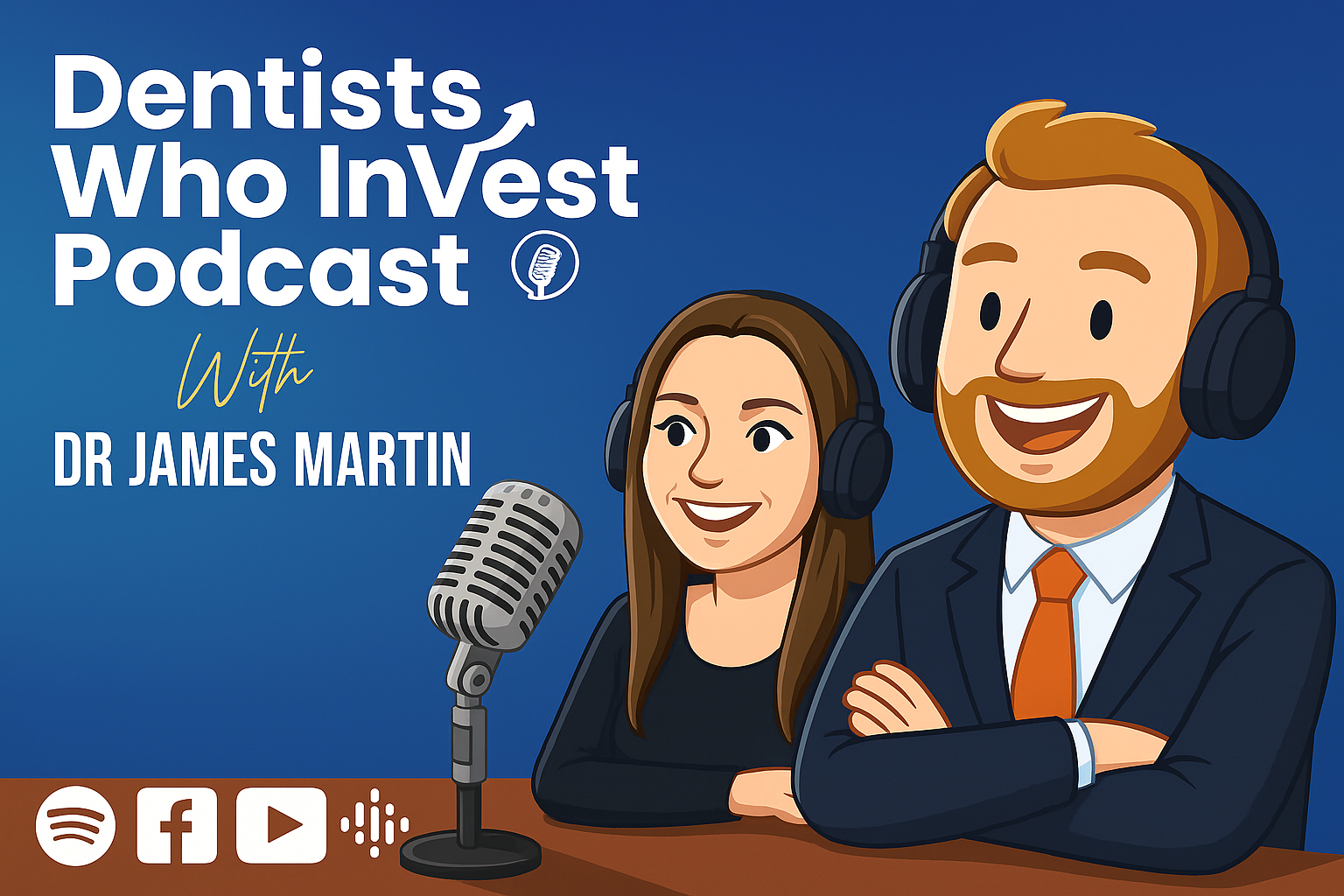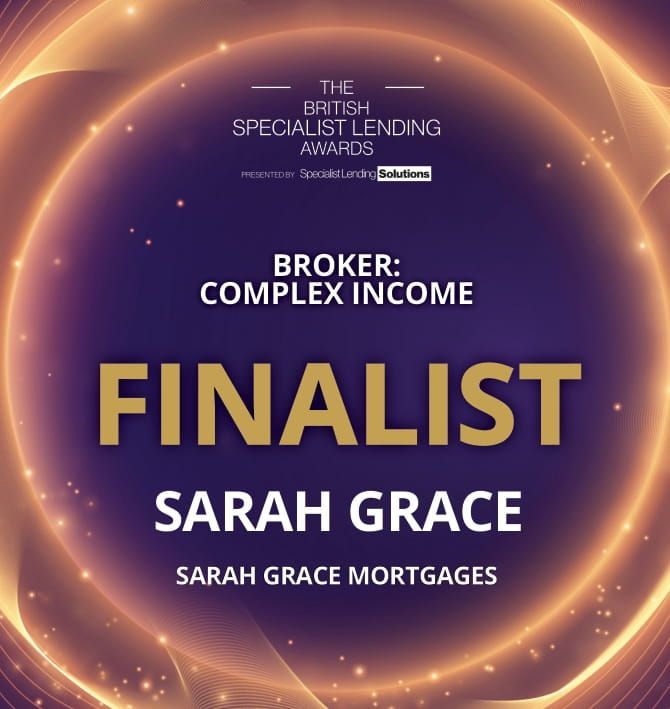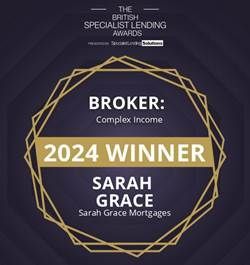Podcast with Dentists Who Invest – Featuring Sarah Grace | CPD Available
If you're a self-employed dentist or business owner wondering whether it's possible to get a mortgage with fewer than two years of accounts, you're not alone – and the good news is, you're not without options.
Sarah recently joined James Martin on the Dentists Who Invest podcast to explore this very topic. In our discussion, we unpacked the common concerns self-employed professionals face when applying for a mortgage, including:
- ✅ Whether lenders will consider applicants with only one year of accounts
- ✅ What documentation you really need
- ✅ The importance of specialist mortgage advice for self-employed dentists
- ✅ How timing, planning, and presentation can impact your application
If you're early in your self-employment journey or planning to make the switch soon, this episode is packed with practical advice designed to help you get mortgage-ready – without having to wait years to prove your income.
🎧 Listen now: Can I Get a Mortgage with Less Than 2 Years of Accounts? – Podcast Episode
📝 CPD Certificate Available: This episode is eligible for verified CPD, making it a valuable use of your time both personally and professionally.








